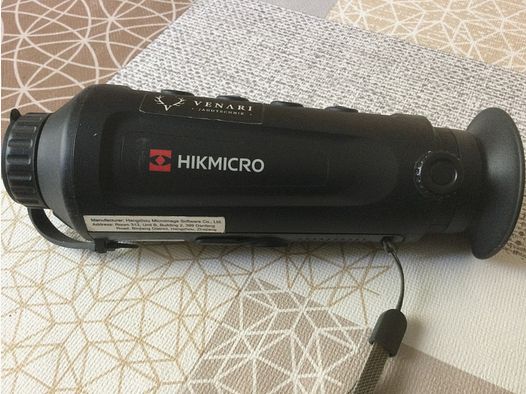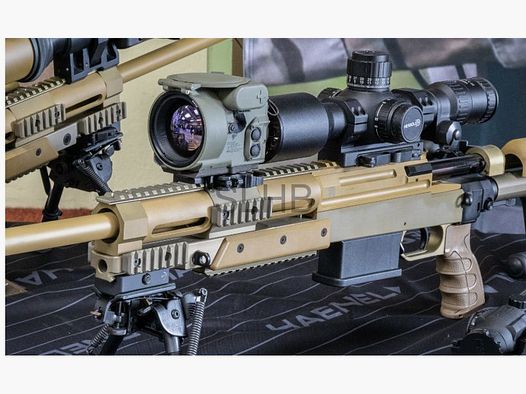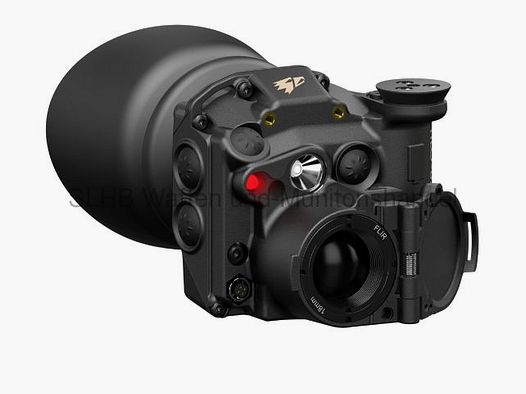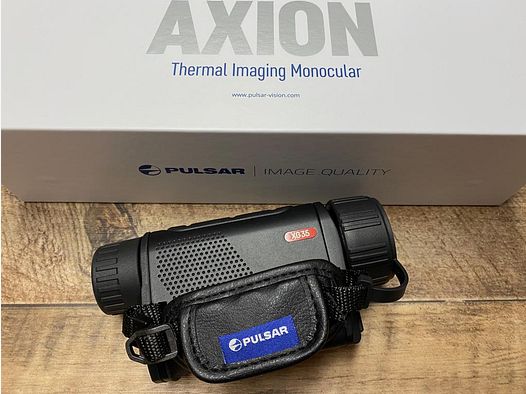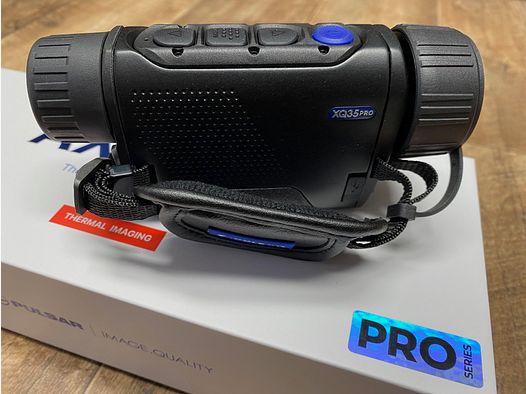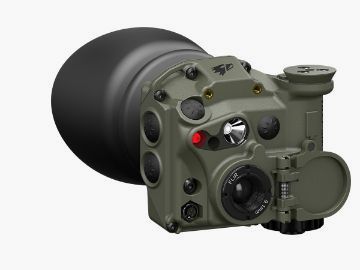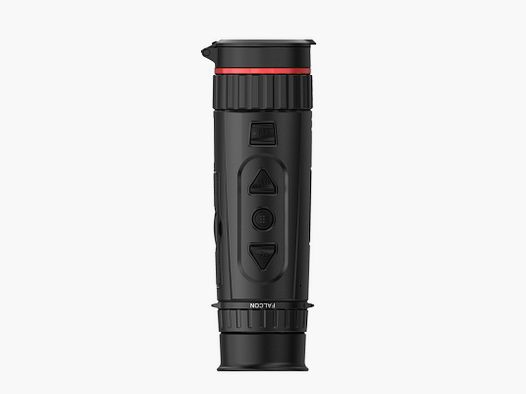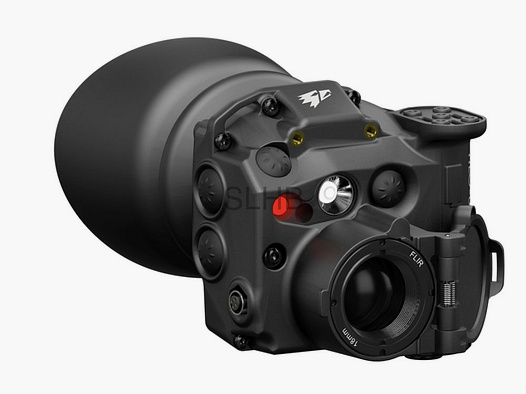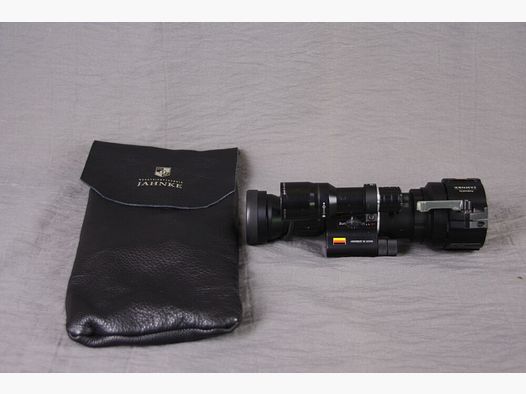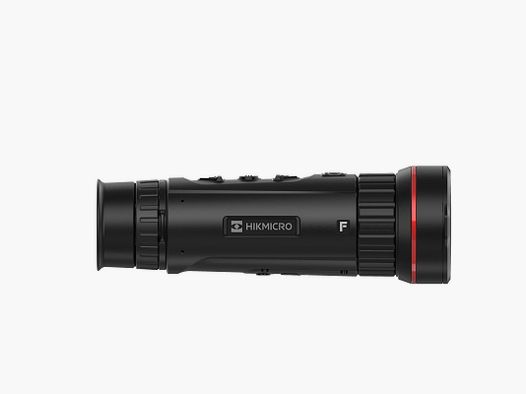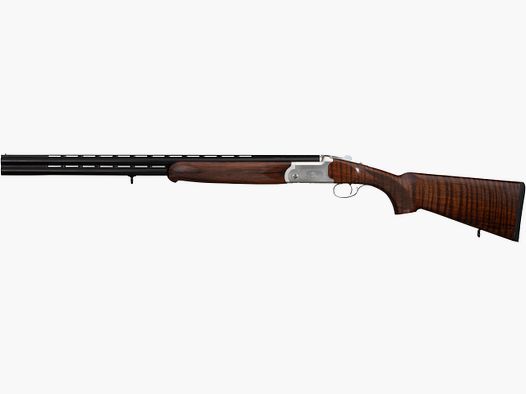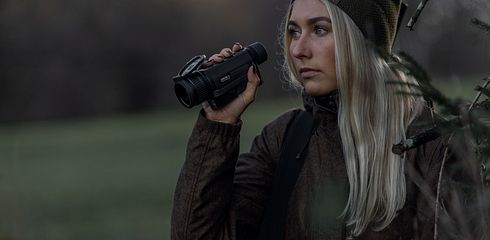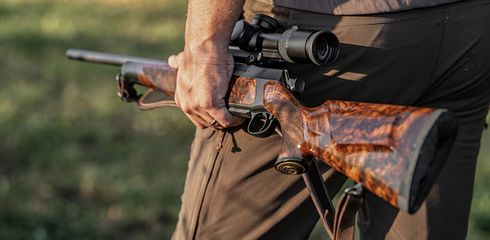The Pulsar Axion 2 XG35 LRF is generally comparable to its cheaper brother, the XQ35. The main difference is a larger sensor. You can find the technical core data below. As a user, I am actually much more interested in the performance in practice, and of course, whether the additional cost of around €800 compared to the XQ is justified.
So I set out and compared the XG35 with the XQ35. I used the Helion 2 XP50 as a benchmark. This way, I had all sensor types together and can hopefully provide you with a good comparison.
So much in advance: Every device is a joy to use in practice.
The benchmark, the Helion 2 XP50, is clearly superior to both devices in terms of image quality, and in my opinion, the focus can also be adjusted better. The eyepiece is also more comfortable to look through due to the eye cup. However, the Helion lacks something that has proven to be extremely useful in practice – the rangefinder.
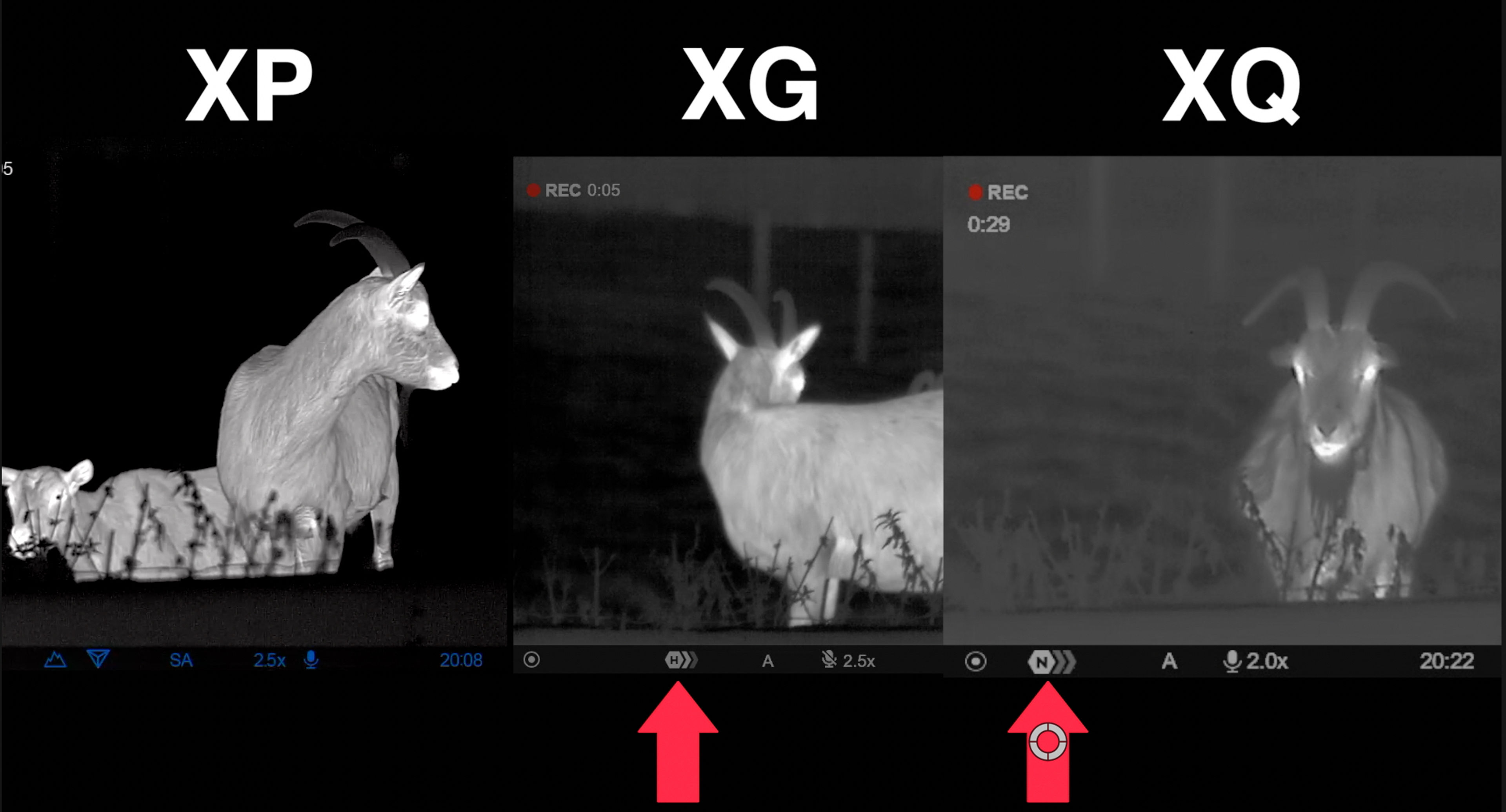
Personally, I can say that I am willing to sacrifice some image quality in practice if I have a rangefinder that helps me estimate the distance and size of the game.
In the field, the XG35 has served me very well. The image quality has always been sufficient, and the rangefinder has worked very well, except for one evening with very poor weather. The battery life was excellent, just like its little brother. A whole evening (about 8 hours) of continuous operation – no problem. We never ran the battery down. The stated 11 hours I consider realistic, at least in summer.
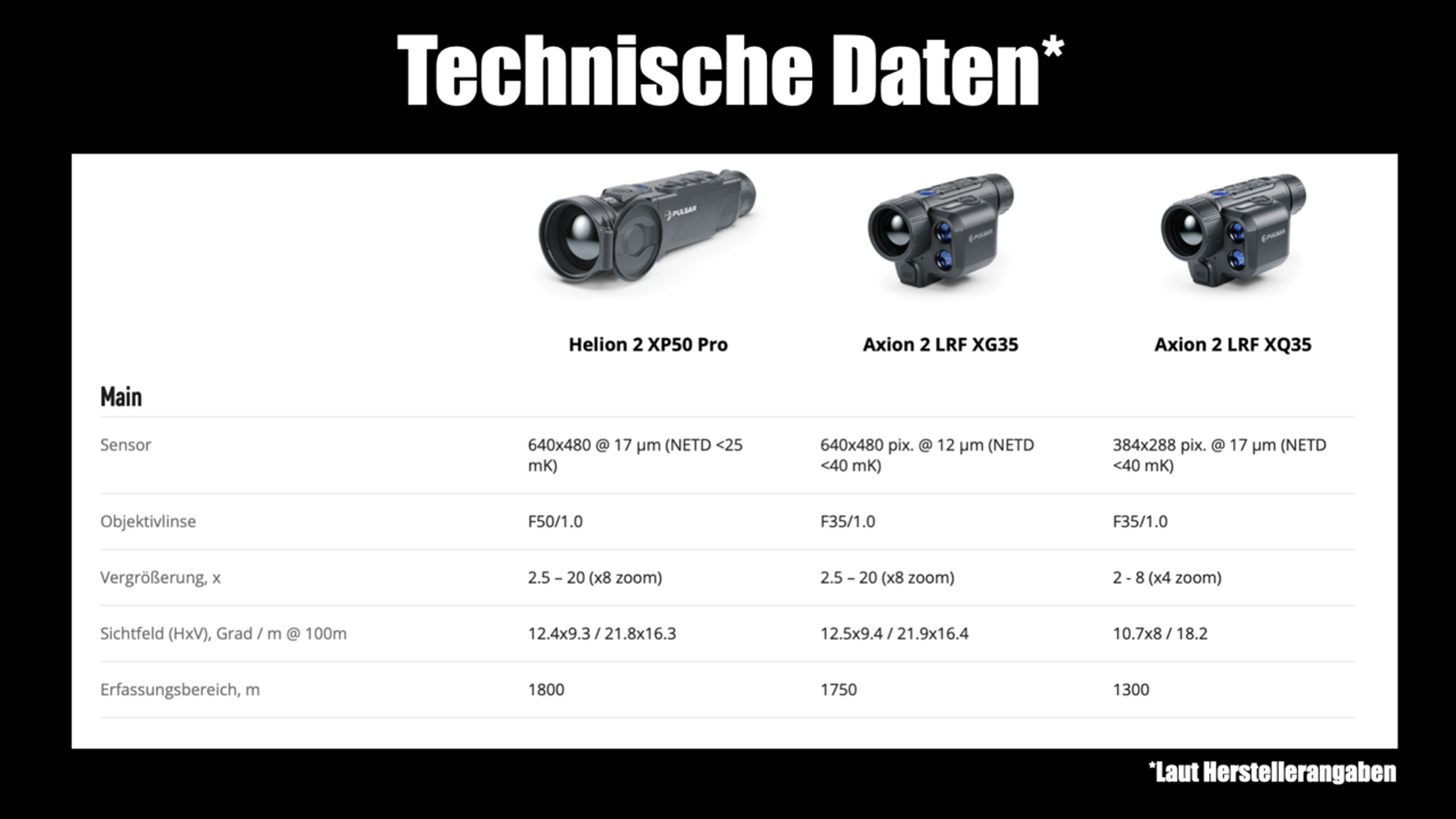
However, the image quality compared to the XQ35 is not satisfactory in my opinion. It does not justify a price increase of around €800.
If I were to buy an observation device today, my choice would therefore be the Axion 2 XQ35 LRF – a truly affordable device in the truest sense of the word. The eyepiece and a design that can also be operated better with the left hand would be areas for improvement.




